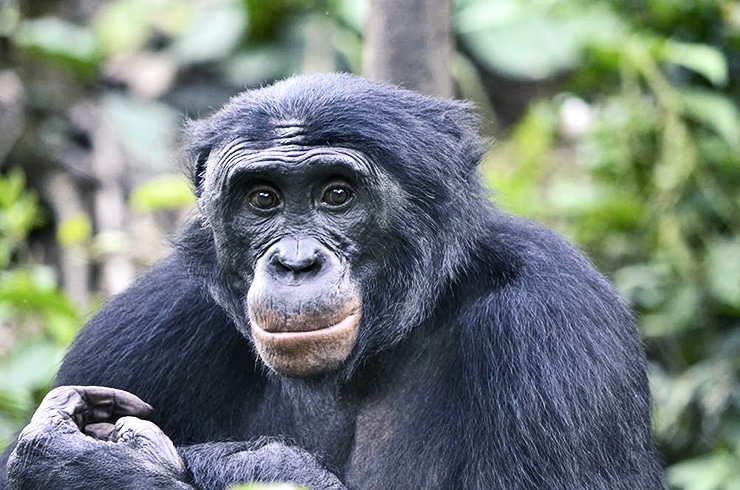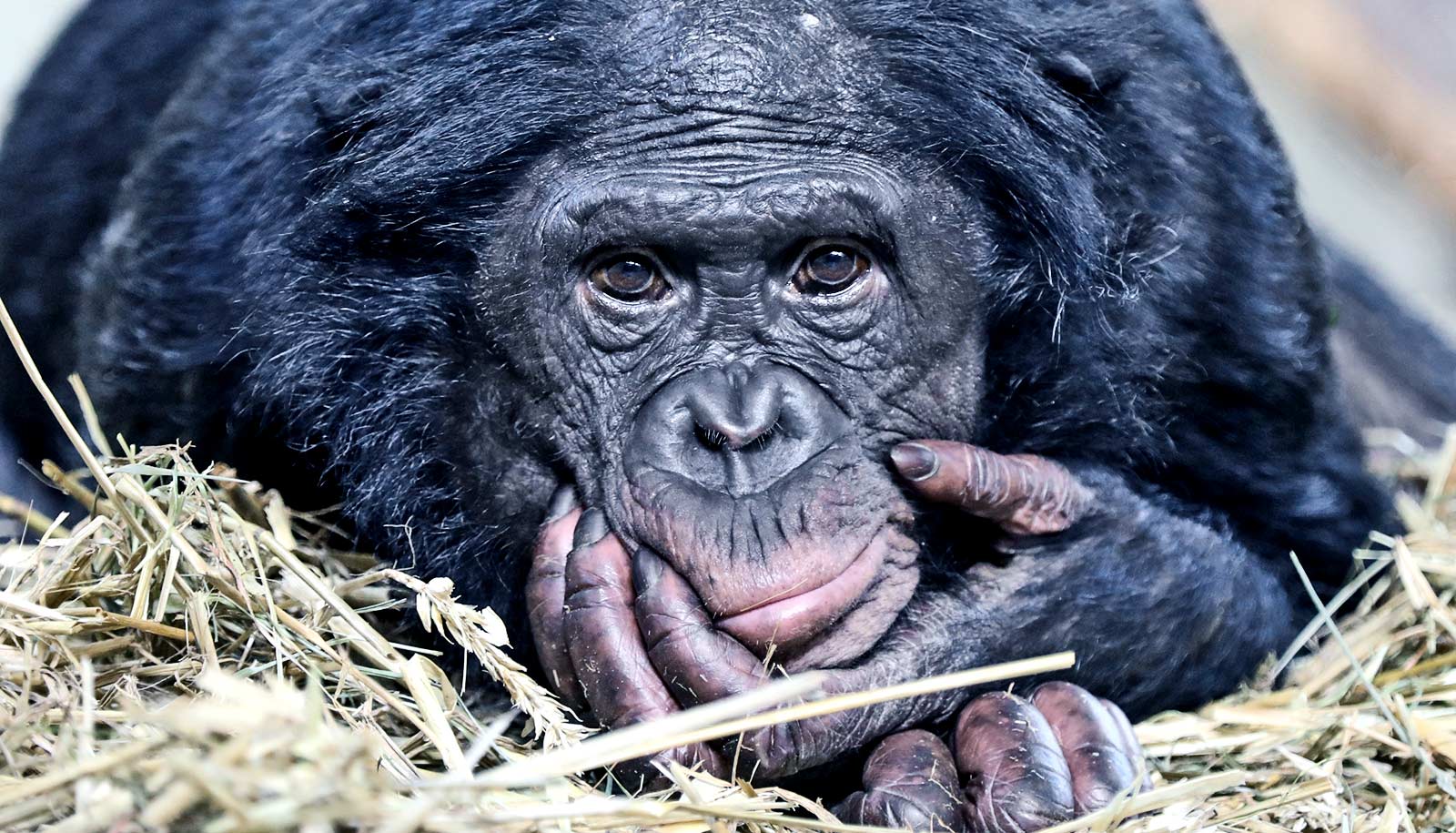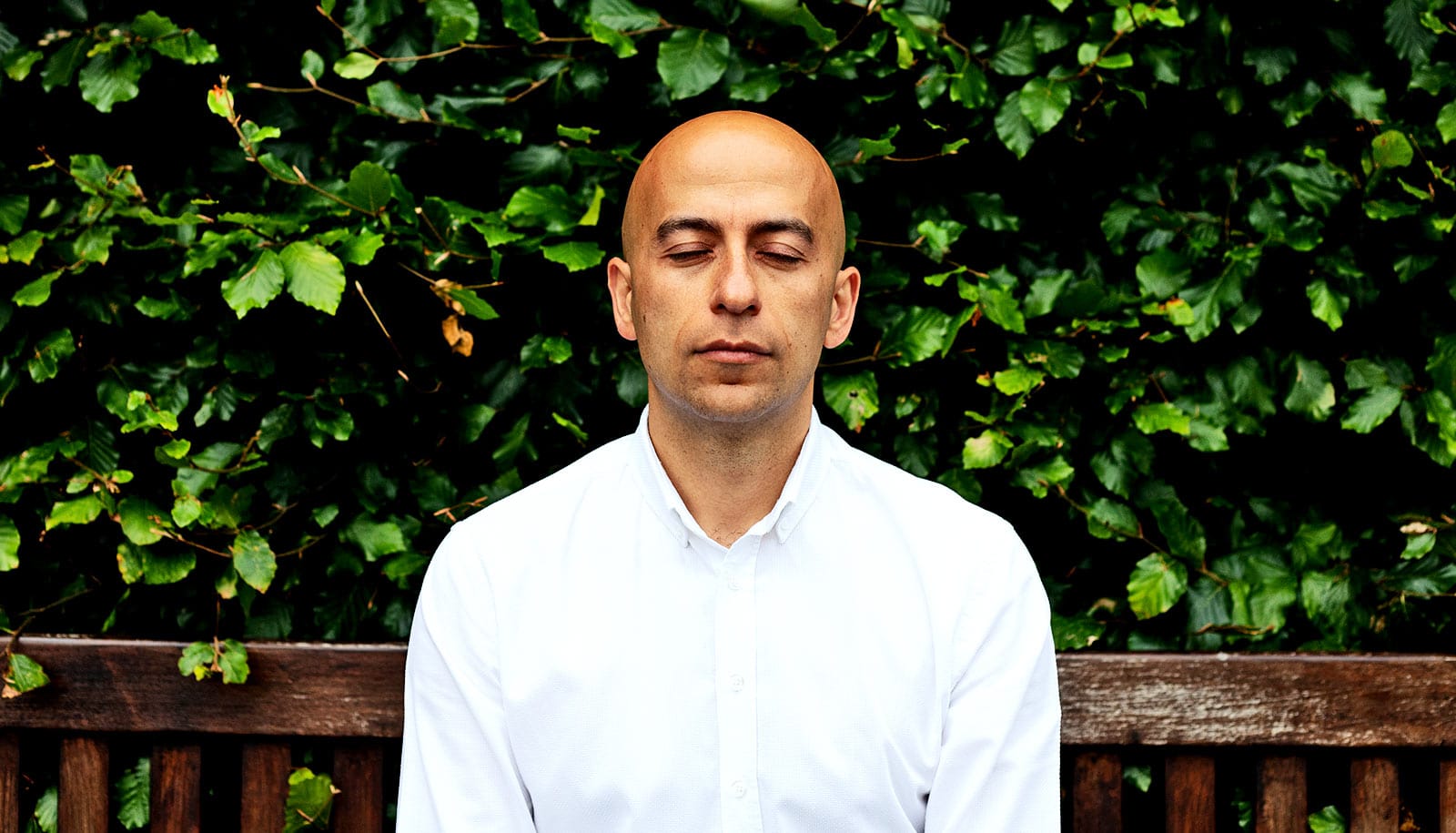While most people prefer individuals who are kind and helpful to others, bonobos may be more attracted to the opposite, a new study finds.
“Humans might have this unique preference for helpers that is really at the heart of why we’re so cooperative…”
The researchers were surprised by the findings because these African apes—our closest relatives in the animal kingdom along with chimpanzees—have been shown to be less aggressive than chimps.
The results support the idea that a tendency to avoid individuals who mistreat others is one of the things that make humans different from other species. Even infants as young as three months old show an ability to distinguish nice guys from creeps, and prefer interacting with people they see helping others over those who are mean, previous studies show.

Bonobo bias
To find out if our closest relatives share the same social bias, Brian Hare, an associate professor of evolutionary anthropology at Duke University, and doctoral student Christopher Krupenye studied adult bonobos at Lola ya Bonobo Sanctuary in the Democratic Republic of Congo.
In one series of trials, they showed 24 bonobos animated videos of a Pac-Man-like shape as it struggles to climb a hill. Then another cartoon shape enters the scene. Sometimes it’s a helpful character who gives the Pac-Man a push to the top, and other times it’s an unhelpful one who shoves him back down.
Afterwards, the researchers offered the bonobos two pieces of apple, one placed under a paper cutout of the helpful character and another under the unhelpful one, and gauged the bonobos’ preference by watching to see which one they reached for first.
In another experiment, the bonobos watched a skit in which a human actor drops a stuffed animal out of reach. Then another person tries to return the toy to its rightful owner, but before they can a third person snatches it away. Afterwards, the bonobos choose whether to accept a piece of apple from the do-gooder or the thief.
In each experiment, the bonobos were able to distinguish between helpful and unhelpful individuals just like humans can. But unlike humans, most bonobos tended to choose the jerks.
The researchers also measured the apes’ baseline preferences for each of the people in the stuffed animal skit at the beginning of the experiment, before the drama with the toy unfolded. The bonobos liked the mean people even more after they started behaving badly.
Buddying up with bullies
The researchers say there may be a good reason for these puzzling results. It could be that bonobos interpret rudeness as a sign of social status and are simply trying to keep dominant individuals on their side. In other words, it pays to have powerful allies.
Bonobos are nice to strangers, no strings attached
To test the idea, the team showed 24 bonobos another set of animated videos in which one cartoon character repeatedly prevents another one from claiming a coveted spot. The apes generally preferred the character who hogged the spot over the one who yielded.
For bonobos, schmoozing with dominant individuals could mean better access to food, mates, or other perks, or less chance of being bullied themselves, Krupenye says.
The fact that bonobos prefer bullies and humans don’t suggests that an aversion to jerks is a fundamental aspect of human behavior that may be unique to our branch of the primate family tree.
In humans, the thinking goes, shunning wrongdoers not only helps people avoid bad partners, but also discourages wrongdoers from behaving badly in the first place. The threat of social rejection keeps them in check.
Scientists say this bias may be what enables humans to work together in large numbers—even with complete strangers—in ways that other species do not.
“Humans might have this unique preference for helpers that is really at the heart of why we’re so cooperative,” says Krupenye, now a postdoctoral fellow at the University of St. Andrews in Scotland.
Could apes ever learn to speak like people?
The results appear online in the journal Current Biology. Grants from the National Science Foundation supported this research.
Source: Duke University



